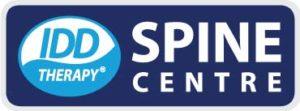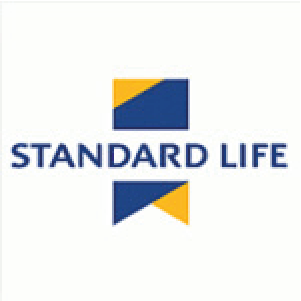Neurosurgery Coventry : Alternative Non Surgical Spinal Decompression Treament.


Non-surgical Non-invasive solution for pain reduction & improved mobility.
Proven, Safe, Intervertebral Differential Dynamics or IDD Therapy provides Non-Invasive (i.e.no injections) Non-Surgical Spinal Decompression treatment for conditions and injuries such as Sciatica, Trapped Nerve, Lower Back Pain and Slipped Disc – also referred.
IDD Back Therapy
IDD Neck Therapy
For more information on Non-Surgical and Non-Invaisive solutions to pain reduction and improved mobility follow IDD Spinal Therapy, Shockwave and Low Level Laser Therapy pages on the named TABs above.
Disc Herniations
A herniated disc does not automatically mean that you may suffer from low back pain. In one study almost 60% of all adults had at least one bulging or herniated disc, even though they did not experience any back pain. However, herniated discs can be a source of severe and debilitating pain, which may radiate to other areas of the body. Unfortunately, when discs herniate, they rarely, completely heal.
Symptoms may include any of the following:
- Low Back pain
- Groin pain
- Buttock pain
- Thigh pain
- Calf/Shin pain
- Ankle/Foot pain
- Toe pain
Often, there may also be pins and needles, dullness, numbness, cold, heat, weakness associated with the pain
How Does It Happen?
Disc problems are common causes of back pain. After an injury, or as we age, discs lose fluid content and deteriorate in a process called disc degeneration. The earliest form of disc injury is in the form of tears or fissures in the annulus fibrosis (outer portion) of the disc. The annulus fibrosis is very much like a large round ligament that prevents the nucleus pulposus (inner gel-like portion) of the disc from protruding outward. Tears in the annulus heal by scar formation which weakens the disc further. The repetitive annular tears which heal by forming scar tissue lead to a disc that begins to degenerate.
A herniation begins when the inner nucleus pulposus bulges through the annulus fibrosis, causing a bulging or protruding disc ie the disc is sticking out a bit. This bulge can put pressure on a spinal nerve root. This can then interfere with the natural blood supply to the nerve root and set up a condition known as intra-neural oedema. Basically, as the nerve root is compressed the micro-circulation is reduced and can progress to the point where the nucleus begins to leak out of the disc. At this point the body begins to fight back by launching an autoimmune response to the disc material (nucleus pulposus).
The reaction of this defence mechanism causes severe inflammation and progressive deterioration of the nerve root. If the herniated disc is located in the lumbar spine (low back), the symptoms can cause low back pain, with or without leg pain. Sometimes numbness, tingling or muscle weakness can occur too.

 02476 222 002
02476 222 002







